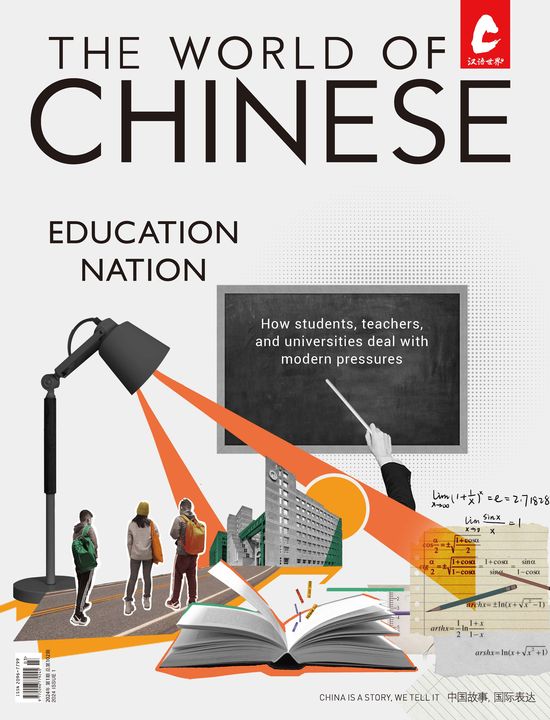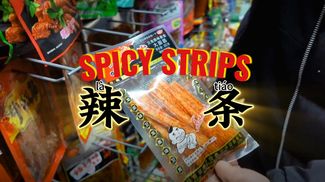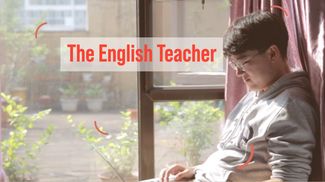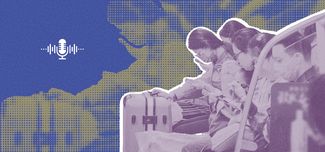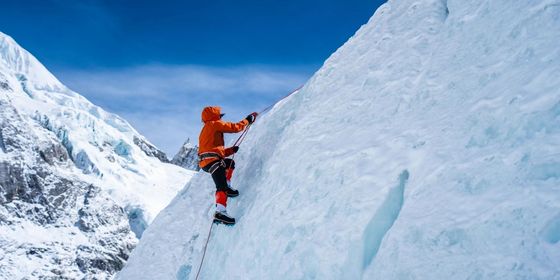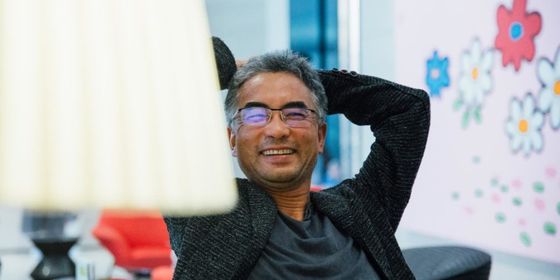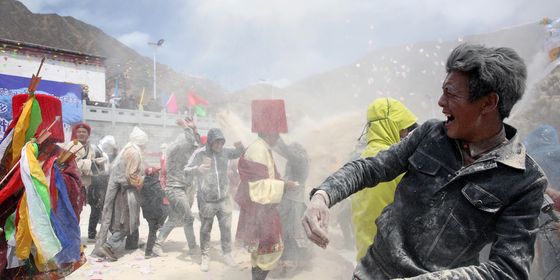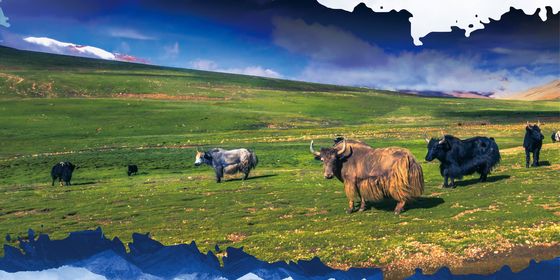Headmaster Yeshi Tenzin trains the next generation of Tibetan thangka artists in Lhasa
Rows of willow trees dotted by flowering cherry shrubs shelter the courtyard of the Xueduibai School for Traditional Arts and Crafts from Lhasa’s scorching sunshine. In a classroom on the ground floor, a dozen students sit in silence at their easels, diligently copying the Buddha’s portrait onto canvas.
Named after an ancient guild of craftsmen whose works decorated the Potala Palace and other temples and palaces in Tibet, the Xueduibai School is located in a quiet neighborhood in the north of Lhasa. Headmaster Yeshi Tenzin, also known as Yang Xiong (羊兄, “Sheep Brother”), oversees a rigorous curriculum for about 150 students, including the six-year training required to master thangka, a richly colored form of classical Tibetan painting on scrolls of silk or cotton.
Thangka is an art form that dates back at least to the seventh century and practiced across the Himalayas. Its ornate symbols and precise geometry showcase the history of Tibetan Buddhism, and are used to aid practitioners in seeking enlightenment through meditation and teaching.
Yeshi Tenzin’s own life has been shaped by the recent changes on the plateau: he is among the earliest generations of Tibetan students to have enrolled in the government’s free education program, which sends high-achieving Tibetan youths to attend schools in major cities. Having left Tibet as a sixth-grader in 1999, he returned after university to teach in a public secondary school near Lhasa, but later gave up this “iron rice-bowl” job to join Xueduibai as headmaster. His father was so angry about this decision that he didn’t speak to Yeshi Tenzin for six months.
Crafting the Future is a story from our issue, “Dawn of the Debt.” To read the entire issue, become a subscriber and receive the full magazine.
